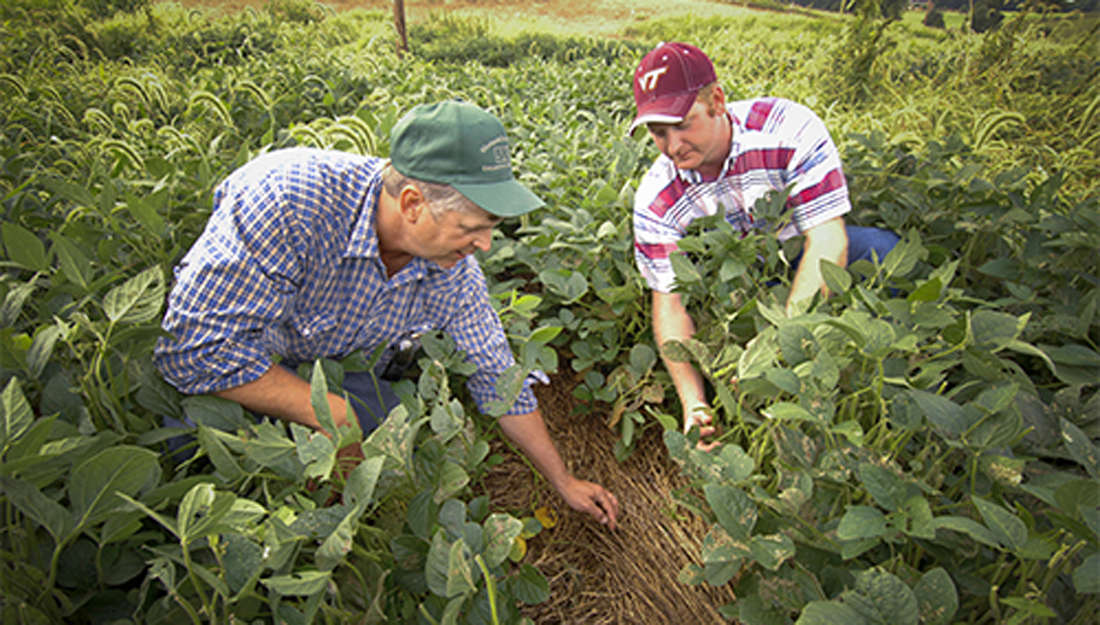Texas A&M identifies top 10 rural health priorities and best practices in Rural Healthy People 2020

Delivering health care services in rural America is different from providing care in urban and suburban parts of the country. Even though 17 percent of Americans live in rural or remote parts of the U.S., only 9 percent of physicians practice in rural areas. The shortages are similar for dentists, pharmacists, nurse practitioners and emergency medical services.
To put it in straightforward terms, if you have a health emergency but are more than 30 minutes from the nearest hospital, you have a 46 percent mortality rate compared to 21 percent if you live less than 30 minutes from a hospital.
The closing of rural clinics and hospitals, an increasingly older population, higher poverty levels, and less infrastructure support are just a few of the challenges addressed in the recently published Rural Healthy People 2020 by the Southwest Rural Health Research Center at the Texas A&M Health Science Center School of Public Health.
This highly requested update to the 2010 version of the publication is a one-of-a-kind national resource providing federal and state health policy planners with valuable information and rural leaders and health care providers with critical tools for responding to the needs of the rural communities they serve.
“Today with approximately 59 million people in the U.S. living in rural areas, understanding the health needs facing rural Americans is critical,” said Jane Bolin, Ph.D., J.D., B.S.N., senior editor of Rural Healthy People 2020 and director of the Southwest Rural Health Research Center. “The health of rural America is more important than ever to the overall health of the U.S. As a land-grant institution, Texas A&M is committed to addressing the needs of rural Americans, particularly Texans.”
Rural Healthy People 2020 serves as a counterpart to Healthy People 2020, a document that provides a consensus statement of national priorities and benchmarks measuring the nation’s health. To identify from Healthy People 2020 the priorities most important for rural America, more than 1,200 rural stakeholders nationwide were surveyed. Once identified, researchers at the Southwest Rural Health Research Center provided the most current findings in policy and research, and identified promising models for practice in the two-volume Rural Healthy People 2020.
Access to health care continues to be the most frequently identified rural health priority, according to Bolin. Within this priority, emergency services, primary care and insurance generated the most concern.
“Relying heavily on volunteer emergency staff, rural populations in need of immediate care are more likely to die or have higher morbidity and mortality associated with delay in accessing emergency care,” Bolin said.
Nutrition and weight status in rural areas climbed from the number 10 priority to number two overall, becoming the second most important priority for the current decade.
Continuing as top-ranking health concerns are the challenges rural populations face in preventing and managing both diabetes and mental health and mental disorders. Currently, more than 85 percent of mental health professional shortage areas are in rural areas.
Substance abuse completes the top five ranked rural health priorities, with variations in both type and rates of substance abuse across regions of the U.S. For example, nonmedical prescription opioid use is particularly problematic in Appalachian Kentucky, Virginia and West Virginia.
Also presented in Volume 1 and rounding out the top 10 rural health priorities were heart disease and stroke, physical activity and health, older adults, maternal infant and child health and tobacco use.
Volume 2 takes a look at rural health priorities number 11 through 20, which include topics like cancer, oral health, immunizations, public health infrastructure, family planning and injury and violence prevention.
“Each chapter of Rural Healthy People 2020 provides an overview of current challenges and examples of successful community-wide efforts,” Bolin said. “Our research team focused on advances made in the previous decade and continuing challenges in addressing the needs of rural populations, providing an exhaustive literature review update and valuable models for practice.”
In “Rural Healthy People 2020: New Decade, Same Challenges” published this month in The Journal of Rural Health, Bolin provided documentation that rural America is becoming more diverse and that the health status of rural minorities is not only worse than rural whites, but rural minorities are also poorer than their urban counterparts. Some rural regions, such as the U.S.-Mexico border and rural Appalachia, face third-world living conditions leading to significantly higher rates of preventable vector borne diseases and preventable or avoidable chronic diseases.
Nationally two-thirds of rural counties have poverty rates at or above the national average. In Florida, poverty in rural counties is now at a historically high level of 20.3 percent.
Rural residents also face substantial disadvantages in terms of employment opportunities. Risk of on-the-job injury remains consistently higher for rural workers, including higher mortality and morbidity due to traumatic injuries associated with agriculture, mining, forestry and fishing.
Closings of hospitals in rural areas is compounding rural health challenges, which is largely due to cutbacks in Medicare reimbursements, reduced funding and imminent deadlines for instituting electronic medical records. At the same time, relative to urban America, rural mortality and longevity rates are falling behind, particularly for females.
“With the publication of Rural Healthy People 2020, it is our hope to continue to provide support for rural leaders, health care providers and legislators on the important challenges to providing health care services in rural America,” Bolin said. “We want to continue to build and add to the collective understanding of rural health conditions and knowledge of the unique challenges facing those who provide health services in rural America.”
To receive a hardcopy version of Rural Healthy People 2020 or to download the free pdf, please visit https://sph.tamhsc.edu/srhrc/
Media contact: media@tamu.edu


